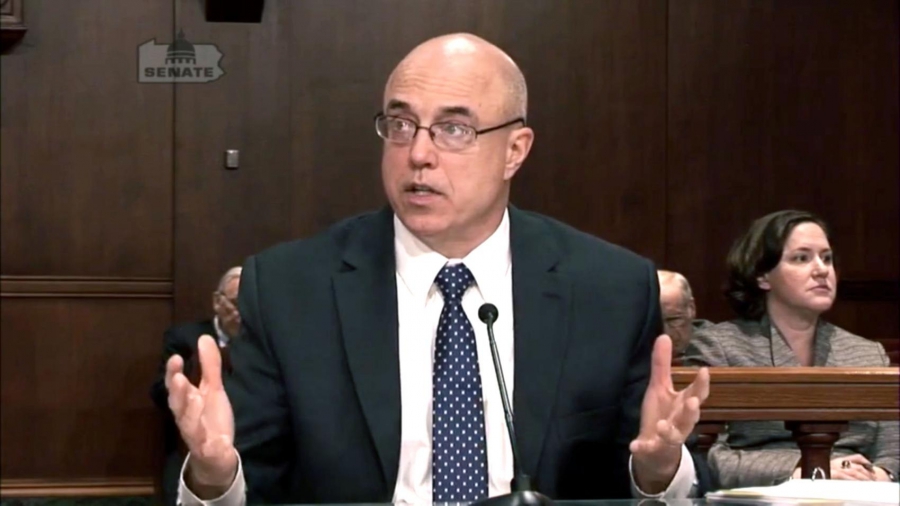That can only be unwelcome news to state legislators who breathed a sigh of relief this past June when they easily completed their budget cycle after years of partisan standoffs, and missed deadlines.
“Expenditures are expected to increase by $2.70 billion in FY 2019-20, which is roughly $1.70 billion more than the projected increase in net revenues,” IFO Director Matthew Knittel said in a news release accompanying the report. “The factors driving the unusually large growth in expenditures in the budget year are associated with more than $1.0 billion in one-time funding sources used to balance the FY 2018-19 budget, as well as FY 2019-20 increases in state costs associated with health and human service programs.”
As if that wasn’t concerning enough, the release indicates that the forecast represents a “best-case” economic scenario for the next five years, assuming no recession and steady growth.
“However, the report includes a cautionary note on the economic and revenue implications of a recession,” the news release states. “A recent survey of economists by the Wall Street Journal indicates that most economists believe that a recession is more likely than not to occur over the next three years.”
In the report, the IFO makes clear that the numbers represent a projection, not a forecast, since unanticipated changes in policy at the state or federal level could lead to wide swings in outcomes.
A number of demographic trends had to be taken into consideration. The IFO assumes that Pennsylvania will continue to see slight population growth, about 0.1 percent a year, which would amount to an increase of 151,000 people by 2025. The population will continue to age, with the school-age share decreasing by 117,000 people and the working-age group declining by more than double that number.
“The forecast projects that the working age population will contract from 2017 to 2025 (-251,000, -3.3 percent cumulative),” the report states. “If labor force participation rates do not increase, then this trend will constrain economic and revenue growth.”
The nonprofit Commonwealth Foundation, which advocates for small government and free market solutions to induce economic growth in Pennsylvania, has argued that a “Taxpayer Protection Act” is the best way to address the state’s recurring budget crises and ensure that public sector growth doesn’t imperil the private sector.
“The TPA caps spending increases based on a formula determined by inflation + population growth,” the foundation wrote this past spring. “If spending limits had been enacted in 2003, the state would currently be spending $2 billion less. And rather than talking about a deficit, lawmakers could be debating how to use the state’s budget surplus.”
The state’s budget-making process will begin next year with hearings by the House and Senate Appropriations Committees, as lawmakers hear testimony from the leaders of each agency about their budget requests.













